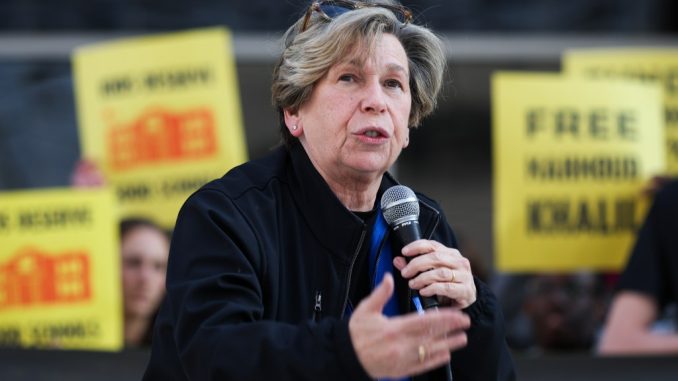
*DNC Resignations Highlight Democrats’ Dysfunction**
In the ever-evolving landscape of American politics, dysfunction within party ranks can have significant implications for electoral viability and governance. The recent wave of resignations from the Democratic National Committee (DNC) underscores a deeper malaise within the party, revealing fissures that could threaten its unity and effectiveness as it gears up for crucial elections.
### The Context of Resignations
The DNC has seen a surprising number of departures, signaling discontent among key figures within the party. This trend was highlighted by resignations from prominent committees and leadership roles, which, though often couched in terms of personal or career aspirations, are indicative of broader issues. The timing coincides with a period of heightened scrutiny regarding the party’s direction, leadership, and ability to galvanize grassroots support. This turbulence raises questions regarding the DNC’s strategic vision as it prepares for an electoral landscape defined by increasing polarization, disinformation, and disenchanted voters.
### Internal Divisions and Fractures
One of the critical factors contributing to this wave of resignations has been the persistent ideological divides within the Democratic Party. The tensions between establishment figures and the progressive wing have become more pronounced, resulting in an atmosphere of distrust and conflict. While the establishment’s centrism often aims to appeal to a broader electorate, the progressive faction argues for a bolder agenda that resonates with the party’s base, especially younger voters.
This ideological battle has created a void of coherence in messaging and policy prioritization. As a result, party leaders have struggled to communicate a unified vision, making it challenging to mobilize support both at the grassroots level and in competitive districts. The resignations may stem from frustration with the DNC’s inability to navigate these internal struggles effectively, leading disillusioned members to seek opportunities elsewhere.
### Leadership Challenges and Strategic Shortcomings
The DNC’s leadership has also faced criticism for its perceived inability to adapt to the modern political climate. In an age where digital outreach, grassroots campaigning, and social media play pivotal roles in mobilizing support, the DNC’s operational strategies have been called into question. Resignations may reflect dissatisfaction with the party’s approach to engaging with voters, particularly in marginalized communities that often feel overlooked.
Moreover, the fallout from the 2020 election, which was touted as a moment of resurgence for Democrats, continues to complicate intra-party dynamics. Despite winning the presidency and majorities in both chambers of Congress, the party has faced mounting challenges in delivering on key promises. Legislative gridlock, primarily due to bipartisan divisions and intra-party squabbles, has frustrated many party members, prompting some to reassess their roles within the DNC.
### Implications for Future Elections
The consequences of these resignations are multifaceted. First, they may embolden factions within the party to pursue divergent strategies, leading to a lack of cohesion leading up to state and federal elections. A party fragmented along ideological lines risks losing sight of the broader goal: to unseat Republican candidates and advance a progressive agenda that addresses the needs of the American populace.
Furthermore, the DNC’s struggles may have consequences for future fundraising efforts. Key donors and grassroots supporters may become wary of investing in a party that appears disorganized and directionless. Without a robust fundraising apparatus, the DNC will find it increasingly difficult to compete with Republican counterparts who are strategically unifying their messaging and capitalizing on discontent among voters.
### A Path Forward?
Despite the challenges, there are pathways for the DNC to regroup and reformulate its approach. Leadership must prioritize fostering unity among members, emphasizing collaboration rather than division. This means actively engaging with both establishment and progressive factions to develop a shared platform that speaks to the diverse interests of the party’s base.
Additionally, investing in grassroots organizing and voter engagement initiatives can help rebuild trust in the DNC, particularly among communities of color, young voters, and working-class Americans. By reinforcing local connections and actively listening to the needs of constituents, the party can rejuvenate its image and bolster its electoral chances in the face of opposition.
In conclusion, the resignations at the DNC serve as a stark reminder of the internal dysfunction plaguing the Democratic Party. However, the situation also presents an opportunity for reflection and reform. By addressing underlying issues and cultivating a unified vision, the DNC can not only heal its fractured ranks but also position itself as a formidable force in American politics moving forward.
Be the first to comment